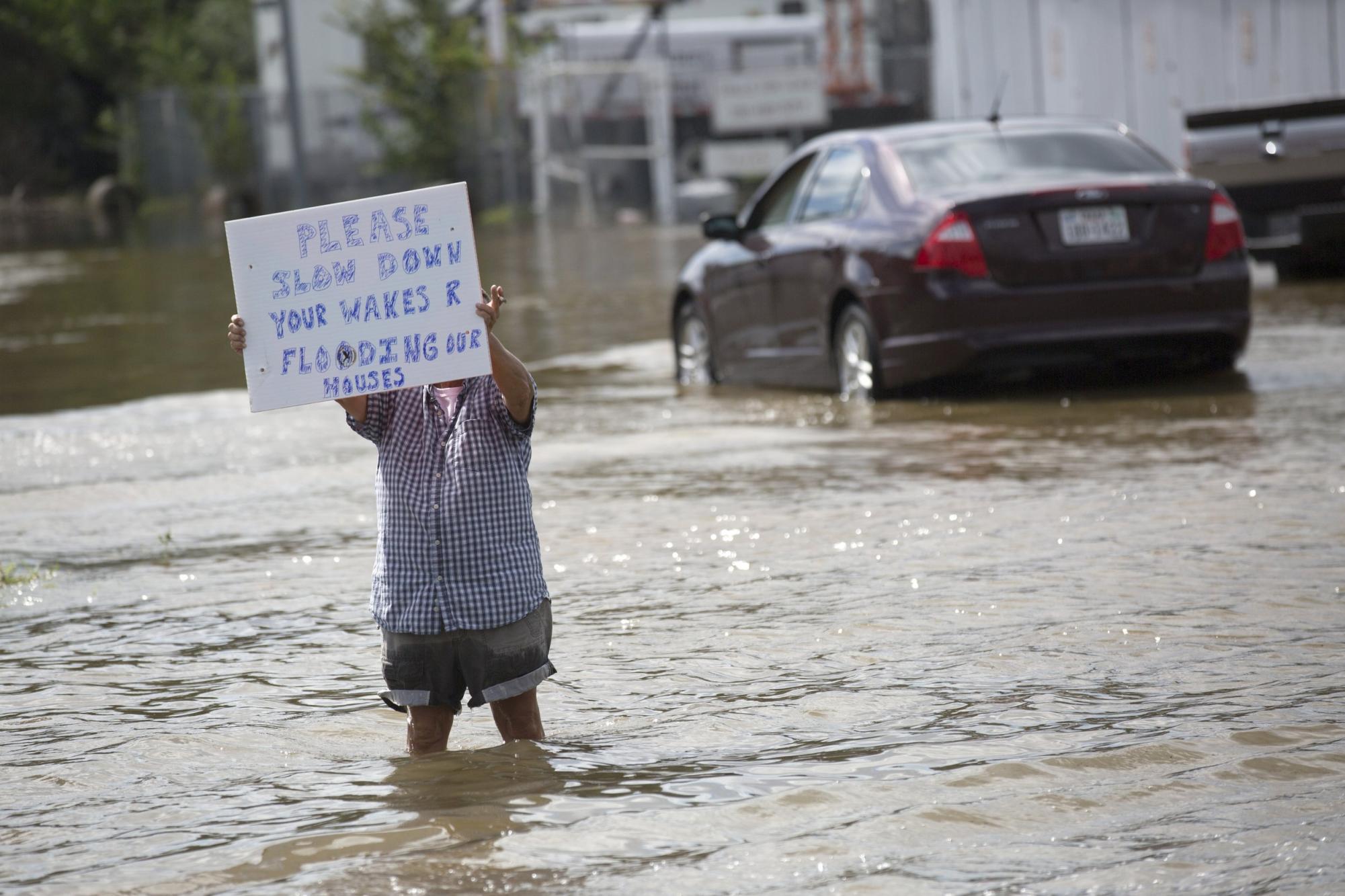Although environmental disasters aren’t entirely new to us, their severity and frequency continue to intensify each year. 2024 has been no exception serving as another indicator of the pressing need to address the climate crisis. This year, torrential rainfall and intense heat struck all parts of the globe.

Image credit: Samir Mondal on Facebook
Tremendous flooding resulting from extraordinary amounts of rain occurred around the world throughout the year. In North Carolina, record-breaking rainfall overwhelmed infrastructure, drowning several towns and taking away thousands of homes. Europe—the fastest-warming continent—was hit with devastating floods in countries such as the Czech Republic, leaving two-thirds of the country underwater and leading rivers to burst their banks. In West and Central Africa, 200,000 people were displaced, which further exacerbated the existing housing and food insecurity issues.
The driving force of these excessive rainfalls is the rise in global temperature. As our planet has already warmed up by 1.3C within the past century, the atmosphere holds more moisture, leading to more frequent and heavier rainfalls. These phenomena across regions around the world demonstrate that climate change is no longer a distant nor abstract concept—it’s a straightforward, tangible issue that affects lives nearby.

Image credit: U.S. Customs and Border Protection photo by Glenn Fawcett from flickr.com CC0 license
Meanwhile, on the other side of the globe, the climate crisis continued, yet with variation. In South and Southeast Asia, typically high temperatures were further aggravated by the El Niño effect —the warming of surface waters in the Pacific Ocean. This phenomenon disrupts atmospheric patterns, leading to reduced rainfall and intensified heat in certain regions. This year, intense heat waves struck southern parts of Asia. Specifically, in parts of the Philippines and Bangladesh, intensified heat disrupted daily life. Thousands of schools suspended in-person classes and half of Manila’s provinces suffered from droughts. Moreover, health risks were increasing with nearly 110 deaths recorded due to heat strokes in India.
These incidents indicate the different ways climate change occurs. While one region faces flood disasters, another endures record-breaking heat, which is caused by rising global temperatures.
As 2024 comes to an end, it has become more than obvious that the growing severity and increasing impact of the climate crisis is humanity’s biggest miss of the year.
We live in a time inseparable from the climate crisis, and it is our shared responsibility to combat such a challenge and alleviate our planet’s rising temperature. Although this crisis seems overwhelmingly vast, progress is possible if action is taken collectively and globally.




